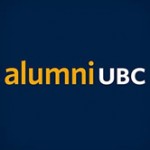
Since 2003, the Irving K. Barber Learning Centre has used webcast videos as a way to deliver broadcasts through the Internet. Lectures captured by video are archived and streamed from YouTube’s server for viewing by end users from the comfort of their desktops.
The Irving K. Barber Learning Centre is dedicated to the intellectual, social, cultural, and economic development of people in British Columbia. By providing and enhancing access to information such as its webcast collection, the knowledge and innovative teaching and research can be shared with as many people in British Columbia and throughout the world as possible. We hope you enjoy some of our more popular webcast videos based on recent data from around the world.
Michael Souza – Psychology of Gambling – 61,611 views
An expert on the study of gambling addictions, Michael Souza reviews reward and addiction from a behavioral, cognitive and neurobiological standpoint. He examines the social psychology behind gambling behavior, casino structuring and casino marketing.
Stanley Coren – Animal Communication: How to Speak Dog – 57,064 views
Since the time of Darwin scientists have been trying to understand how animals communicate. Today, psychologists know enough about this process so that it can be applied to allow you to understand the language of your pet dog, or even a pet cat (who speaks a somewhat different dialect). This event was a partnership with alumni UBC on Alumni Weekend.
Ramachandra Guha – Ten Reasons why India will not and must not become a Superpower (29,174 hits)
While historian Ramachandra Guha acknowledges the recent surge in economic growth, he provides critical analysis of the deep fault-lines within Indian society, politics, economics, and culture, concluding that the talk of India’s imminent rise to superstardom is highly premature.
Charles Moore- Plastic Ocean – 14,628 views
In 1997, Captain Charles Moore discovered the Great Pacific Garbage Patch– a whirlpool of plastic debris in the Pacific Ocean. Since his discovery, Moore has been analyzing the giant litter patch and its disastrous effects on ocean life. Learn what we must do to stop adding to the millions of tons of plastic choking the world’s oceans in the “age of plastic.” This event was a partnership with UBC Sustainability.
Gwynne Dyer – Geopolitics in a Hotter World – 13,677 views
Global warming is moving much more quickly than scientists thought it would. Even if the biggest current and prospective emitters – the United States, China and India – were to slam on the brakes today, the earth would continue to heat up for decades. At best, we may be able to slow things down and deal with the consequences, without social and political breakdown. Gwynne Dyer examines several radical short- and medium-term measures now being considered—all of them controversial. This event was a partnership with UBC Sustainability.
Naomi Klein – This Changes Everything: Capitalism vs. the Climate – 13,295 views
Naomi Klein is the author of the critically acclaimed #1 international bestsellers, The Shock Doctrine: The Rise of Disaster Capitalism and No Logo: Taking Aim at the Brand Bullies which have each been translated into more than 30 languages. This event was a partnership with the Vancouver Institute.
Do you have comments or feedback about our webcast initiative? Do you have any recommendations for upcoming lectures to be captured on video? Please let us know, we’d love to hear from you.
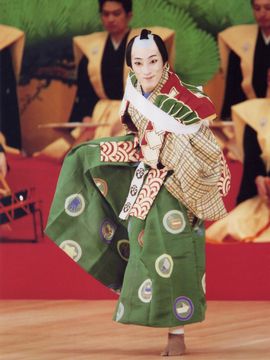
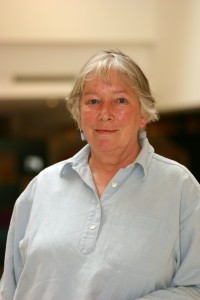 Speaker Bio
Speaker Bio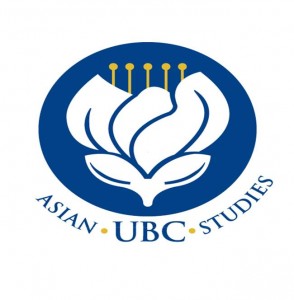
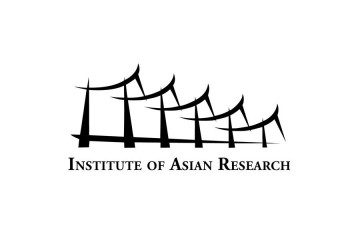

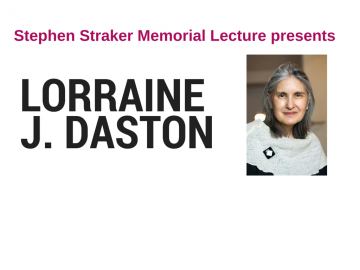 Titled Which Self? The Rationalities of Self-Interest from the Enlightenment to the Cold War, this year’s Stephen M. Straker Memorial Lecture will be presented by Lorraine J. Daston, one of the world’s leading historians of science. Drawing from her own work on the history of conceptions of reason and rationality, Prof. Daston will explore the complex interaction between rationality and interestedness. Join us as she addresses important questions such as how reason can be, at one time, conceived as intrinsically disinterested and, at another, necessarily directed toward the rational agent’s self-interest.Speaker
Titled Which Self? The Rationalities of Self-Interest from the Enlightenment to the Cold War, this year’s Stephen M. Straker Memorial Lecture will be presented by Lorraine J. Daston, one of the world’s leading historians of science. Drawing from her own work on the history of conceptions of reason and rationality, Prof. Daston will explore the complex interaction between rationality and interestedness. Join us as she addresses important questions such as how reason can be, at one time, conceived as intrinsically disinterested and, at another, necessarily directed toward the rational agent’s self-interest.Speaker
